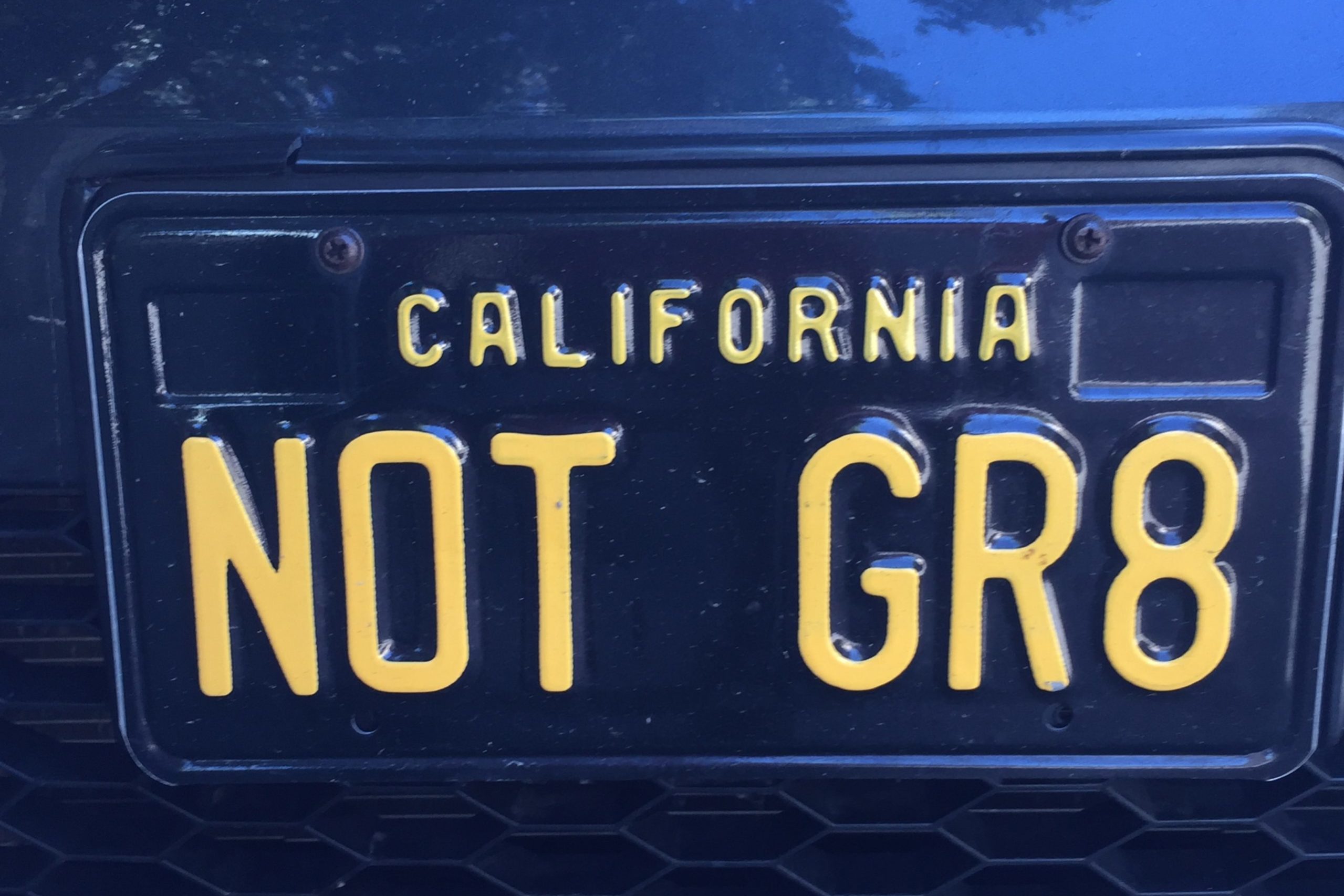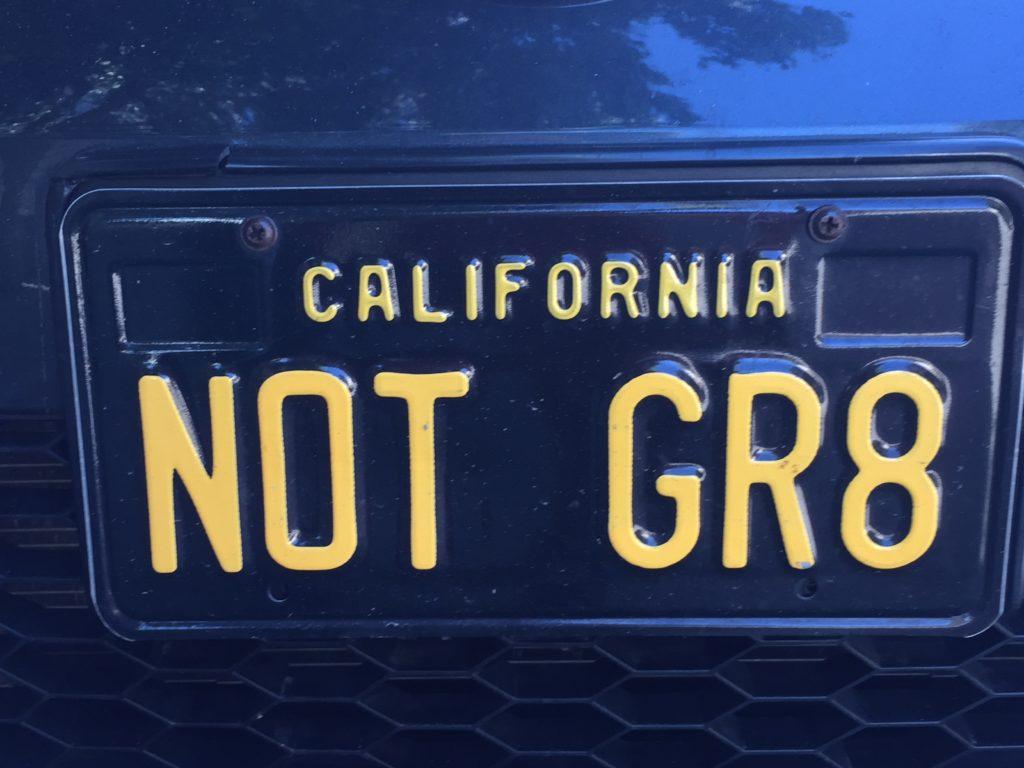How to Project Manage Your Nonprofit Story
 Your nonprofit’s story is the whole ball of wax.
Your nonprofit’s story is the whole ball of wax.
Without it, you’ve got nothing.
So let’s really talk about this for a minute.
A story is not “Give us money because we’re good guys and do good work.”
Nor are “Sustain humanitarian aid,” “Support the arts,” or “Save our rivers” stories.
Sure, there may be some implicit narratives hiding within these phrases, but they’re really tag lines or calls to action. Useful, sure. But not until you’ve laid the groundwork of telling a compelling story.
You never start a story with “And they lived happily ever after.”
Similarly, you should never start a fundraising appeal with “We saved the whales.” Where’s the emotion and drama here?
You know donors are moved to give through emotion, right?
The best way to get inside a donor’s head and heart is by telling a dramatic, emotional story. Something that taps into their core and arouses their curiosity, or some deeper feeling like sadness, fear or anger.
You see, human brains are wired for story.
Details


 I’ve taken to including a series of “DO’s” and “DON’Ts” for all sorts of fundraising and nonprofit marketing messages over the past several years. My purpose is not to shame anyone, but simply to provide educational moments offering example-based food for thought as you craft your own appeals, thank you’s, reports and more.
I’ve taken to including a series of “DO’s” and “DON’Ts” for all sorts of fundraising and nonprofit marketing messages over the past several years. My purpose is not to shame anyone, but simply to provide educational moments offering example-based food for thought as you craft your own appeals, thank you’s, reports and more.